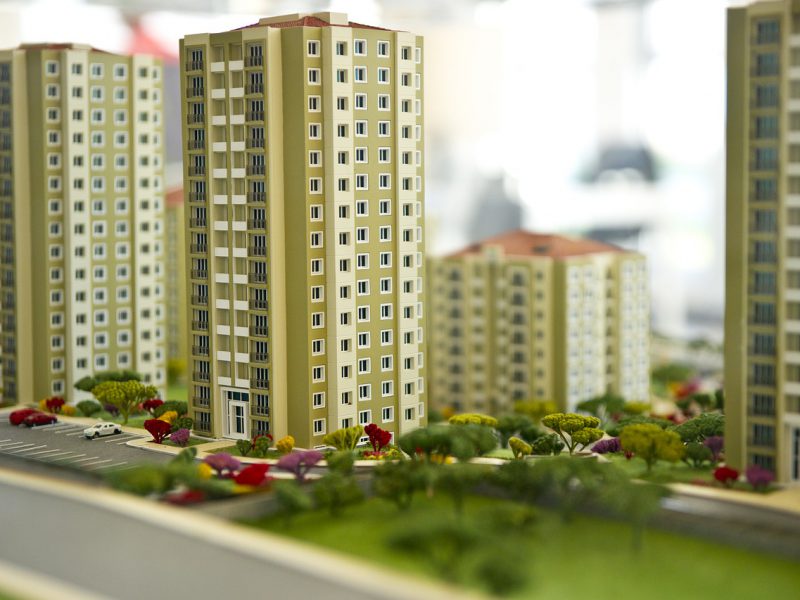
Getting Started with Architectural Visualization
Our world is made by all things digital. Well, in reality, it is not, but for most of us who spend time online and by our phones and computers, it most definitely is. Digital art is made by people who have spent lots of time learning about digital software, hardware and of course, who put in the work and practiced.
Architectural visualization, or architectural rendering, is creating content in 2D, whether still or animated, which is supposed to be photo-realistic and reflect an object which might be built or is going to be built. Take a look the next time you pass by a construction project in your city. It will most certainly have a table describing the project, as well as an image of the building, or rather, how it’s supposed to look.
If you want to learn architectural rendering, here is how you should start.
The Software

You are nothing without your tools, your software in this case. One cannot edit and make renders without a piece of software. Yes, you could draw it by hand, but that doesn’t fall under the category of computer generated imagery, which architectural rendering is.
What most people end up trying is Blender, and for a simple reason, it is open source, meaning free to download. It is a very powerful tool which scales very well with CPU cores. Other than Blender, other tools you could consider are 3ds Max, by Autodesk. It has been around forever and is one of the best tools for the job. V-Ray is another tool you should consider trying.
Blender is generally a recommended start, due to it being open source.
Find Tutorials or Courses
Free courses can be found on various open source course sites like Coursera. The open source community has been a large stepping stone in promoting new people to various job positions which deal with computers and CGI. Once you grasp the basics of the software you plan on using, you should consider searching for specific tutorials on YouTube or other media sharing sites. YouTube is helpful because they have a lot of videos. People love doing tutorials, so you can hone your skills here.
Practice – Fail – Practice More
You will not be great at rendering when you start. Nobody is.

With that in mind, you shouldn’t worry about that professional renderer’s image looking way better than yours. You should concentrate on finding ways you can improve. You should also share your work with other artists in the field, so that you can get some constructive commentary. You should consider getting more caffeine, as rendering, or any kind of PC-related work, often requires it. Whichever way you turn, you will need more practice. Keep that in mind as you fail for the Nth time.
Find Peers – Socialize
Finding peers can help you by pointing you in the right direction. Practicing the wrong things only embeds your mistakes. You don’t want that, nobody does. Find peers, whether on social media or sites like LinkedIn, and get them to help you, whether through direct instructions, or simple advice.
Architectural rendering can be mastered if you keep practicing and find ways of improving and not doing the wrong things multiple times. Choose your software and your method of education and start practicing.

